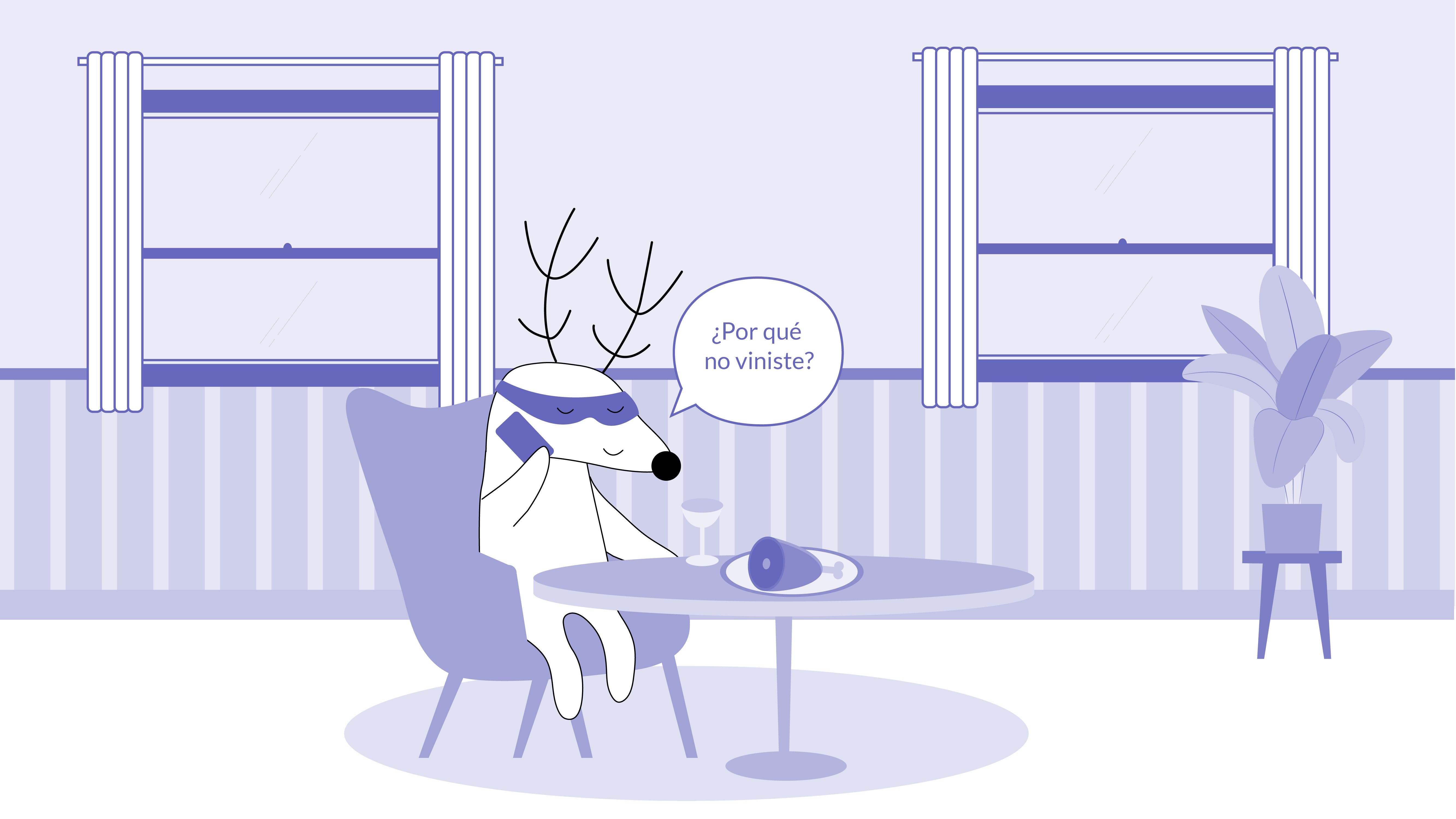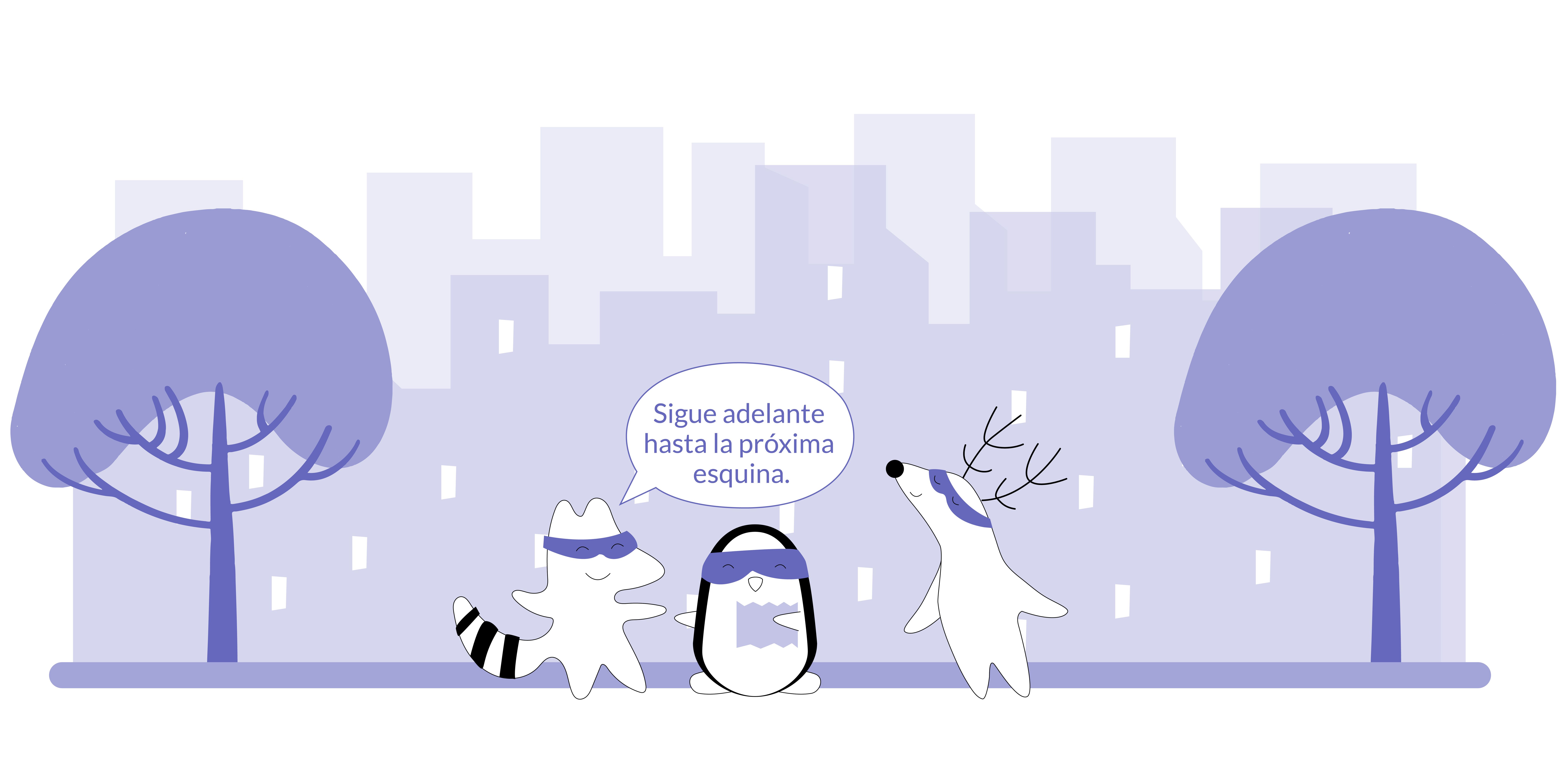
¡Hola, amigos! Welcome back to our blog, where we make your journey toward mastering Spanish a bit easier. Today, we're focusing on a fundamental question word in Spanish: "Why."
No matter what language you speak, asking “why” is a crucial part of communication — it helps us understand the world around us, learn new things, and satisfy our curiosity. So, let's get started!
Learn Spanish with Langster
The Importance of Learning “Why” in Spanish
In Spanish, “why” translates to por qué, but there are other phrases like para qué and por lo que that can also express the idea of “why” depending on the context. Understanding when and how to use these phrases will significantly enhance your Spanish communication skills.
Different Ways to Say “Why”
Interrogative pronouns are essential for asking questions and seeking information in a more precise manner. So, understanding their nuances in Spanish can greatly improve your language skills. Let's explore the different phrases that can express the idea of “why” in Spanish, along with some examples:
Por qué
This is the most common phrase for asking “why” in Spanish. It's used to inquire about the reason or cause behind an action or situation. It's important to note that por qué is always used as two separate words and is usually followed by a question mark.
Spanish
English
¿Por qué no viniste?
Why didn't you come?
Dime por qué tomaste esa decisión.
Tell me why you made that decision.
Explicame el por qué.
Explain to me why.
There are also a couple of informal phrases used with por eso y por qué, such as:
Spanish
English
¿Por qué diablos es la razón por la que no fuiste? ¿Qué pasa?
What the hell is the reason why you didn't come? What's going on?
¿Por qué demonios no me llamaste? Es muy fácil.
Why didn't you call me? It's very easy.

Para qué
This phrase translates to “for what” or “what for” and is used to ask about the purpose or intention behind an action. It focuses on the outcome or goal of an action.
Spanish
English
¿Para qué necesitas tantos lápices?
What do you need so many pencils for?
Estoy estudiando para qué puedas tener un mejor futuro.
I'm studying so that you can have a better future.
¿Para qué vamos a casa? Había terminado el informe.
Why are we going home? I finished the report.
Por lo que
While less common, por lo que can also be used to convey the idea of “why” when explaining reasons or causes.
Spanish
English
Llegaron tarde por lo que hubo un accidente en la carretera.
They arrived late because there was an accident on the road.
No pudieron asistir por esta razón: por lo que estaban enfermos.
They couldn't attend for this reason: because they were sick.
Other Interrogative Pronouns in Spanish

Mastering these phrases will indeed enhance your Spanish communication skills, as you'll be able to ask more precise and context-appropriate questions. Additionally, let's briefly explore some other Spanish question words:
Quién(es)
The equivalent to "who," it's used to ask about people.
Spanish
English
¿Quién es tu mejor amigo?
Who is your best friend?
¿Quiénes asistirán a la fiesta?
Who will attend the party?
Qué
Generally translates to “what,” and used to ask about things or ideas.
Spanish
English
¿Qué haces aquí?
What are you doing here?
¿Qué te gustaría comer para la cena?
What would you like to eat for dinner?
Cuál(es)
Also means “what” or “which” and is often used to ask for a selection from a specific set.
Spanish
English
¿Cuál de estos libros prefieres?
Which of these books do you prefer?
¿Cuáles son tus colores favoritos?
What are your favorite colors?
Cómo
Translates to “how,” used to inquire about the manner or way something is done.
Spanish
English
¿Cómo llegaste a la conclusión?
How did you come to that conclusion?
¿Cómo se hace este postre?
How is this dessert made?
Dónde
Means “where,” used to ask about locations.
Spanish
English
¿Dónde encontraste las llaves?
Where did you find the keys?
¿Dónde vives? Es por eso que estoy aquí.
Where do you live? That's why I'm here.
Cuándo
Translates to “when,” used to ask about time.
Spanish
English
¿Cuándo empieza la reunión?
When does the meeting start?
¿Cuándo llegaste a esta ciudad?
When did you arrive in this city?
Practicing Pronunciation

Improving your pronunciation requires practice. One helpful method for learning how to correctly say Spanish words like por qué is to use the audio aids available on language learning platforms and repeat after them.
Practice breaking down the phrases into individual sounds and focus on perfecting each one individually. Finally, keep an eye out for how accent marks signal different sounds and, thus, different meanings of similar-looking words.
The Importance of Practice
Mastering Spanish pronunciation is not a one-time task but a continuous process that requires dedication and practice. Just like learning any skill, the more you practice, the better you become. Focusing on pronunciation from the beginning of your language learning journey sets a strong foundation for your overall communication skills.
Utilizing Audio Aids
Language learning platforms offer a treasure trove of resources to aid in pronunciation improvement. Audio materials, such as recordings by native speakers, language lessons, podcasts, and even language learning apps, provide you with exposure to correct pronunciation.
Listening to these resources helps you familiarize yourself with the natural rhythm, intonation, and cadence of the language.
Breaking Down Phrases
Breaking down longer phrases into individual sounds is a strategic approach. This deconstruction helps you tackle complex combinations of sounds one step at a time.
For instance, por qué can be broken down into the individual sounds /por ke/. Practicing each sound separately before combining them assists in refining your pronunciation.
The Role of Accent Marks
The accent mark in Spanish is a crucial element that distinguishes words with similar spellings but different meanings. For example, qué (with an accent mark) means “what,” while que (without an accent mark) means “that.”
Accents affect the syllable stress and therefore the overall rhythm of the word. Properly placing the accent mark ensures accuracy and clarity in your speech.
The Bottom Line

In your quest to master Spanish, every step you take towards clearer and more accurate pronunciation brings you closer to fluency. Remember, learning a language is not just about the words you speak but how you speak them. Your voice is a powerful tool, and each correctly pronounced sound brings you one step closer to sounding like a native speaker.
A remarkable tool that can significantly aid you on this journey is our language-learning app, Langster. With its wealth of real-life stories and other useful resources, Langster offers an interactive and immersive environment for honing your skills. Check it out, and start learning Spanish today!
Learn Spanish with Langster









